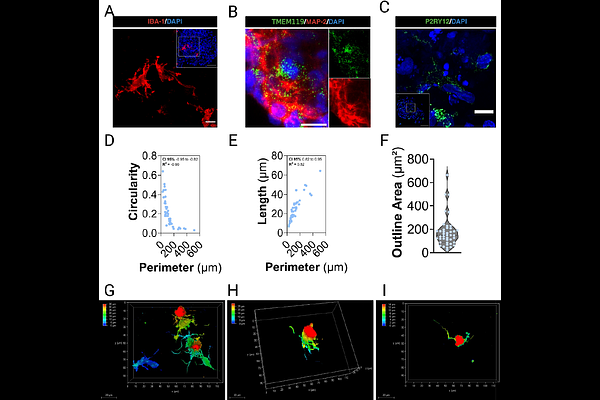Innate immunocompetent iNSpheroids: A hiPSC-derived 3D model to study the central nervous system captures an early CNS response to rAAV

Innate immunocompetent iNSpheroids: A hiPSC-derived 3D model to study the central nervous system captures an early CNS response to rAAV
Gomes, C. M.; Silva, G.; Aleixo, M. M.; Simao, D.; Holtkamp, S. J.; Lobo, D. D.; Harish, P.; Jenkins, R.; Dahal, L. N.; Nobre, R. J.; Pereira de Almeida, L.; Trautwein, M.; Alves, P. M.; Brito, C.
AbstractGene therapies using adeno-associated viruses (AAVs) for central nervous system (CNS) disorders face challenges due to host immune responses not represented in classical preclinical models. Here, we present a human-induced pluripotent stem cell (hiPSC)-derived innate immunocompetent 3D CNS model that recapitulates neuroinflammatory hallmarks, serving as a platform for preclinical gene therapy development. Utilizing various scales of stirred-tank bioreactor systems, we generated (neurospheroids) iNSpheroids composed of neurons, astrocytes, and oligodendrocytes, alongside microglial cells (iMGL) to mimic the neuro-immune axis. These systems enabled large-scale production of iNSpheroids and subsequent miniaturization for co-culture experiments and screening of inflammatory stimuli, while maintaining a highly controlled environment. The iMGL-iNSpheroids demonstrated active neuron-microglia crosstalk and exhibited distinct inflammatory responses to a series of neuroinflammatory factors. iMGL-iNSpheroids mounted a mild and transient response to rAAV9, mediated by the activation of inflammatory pathways (e.g., TNF-via NF-{kappa}B activation) in glial cell populations. This model offers a valuable tool to dissect neuroinflammatory mechanisms, accelerating gene therapy development.